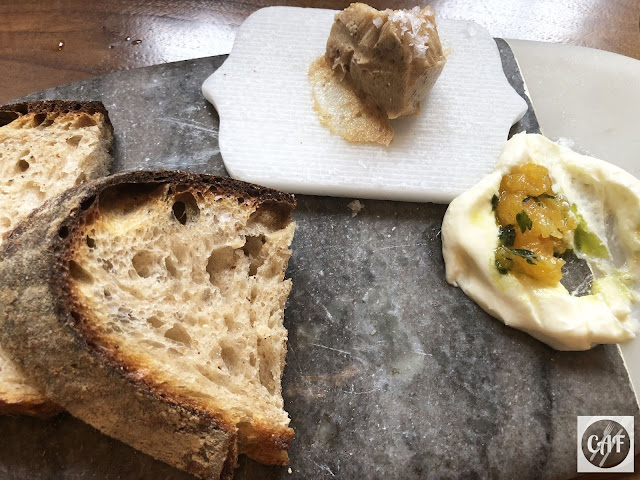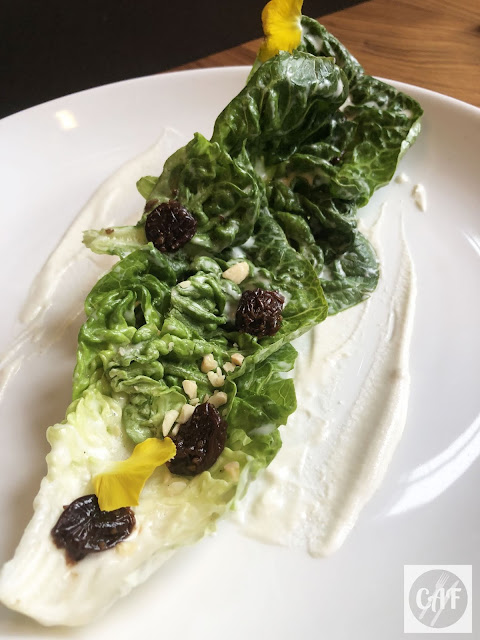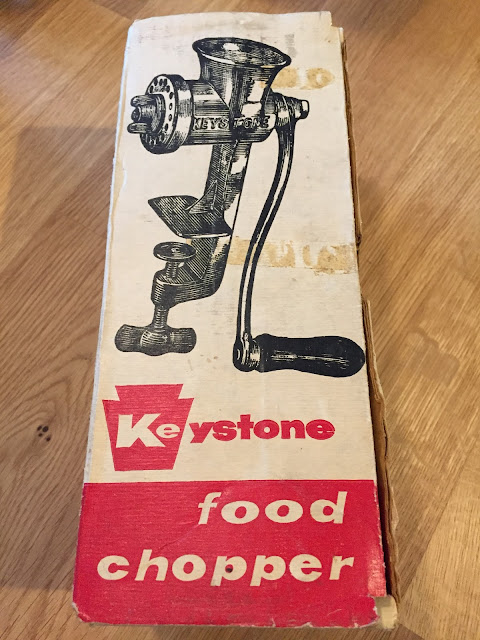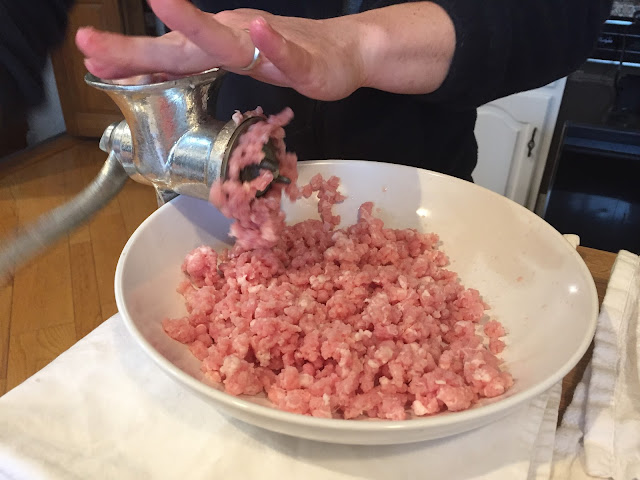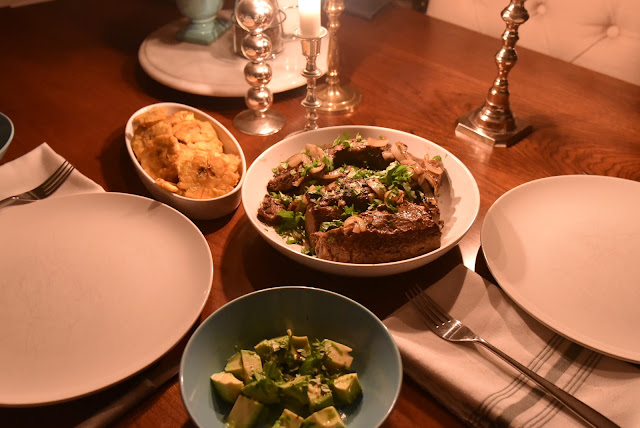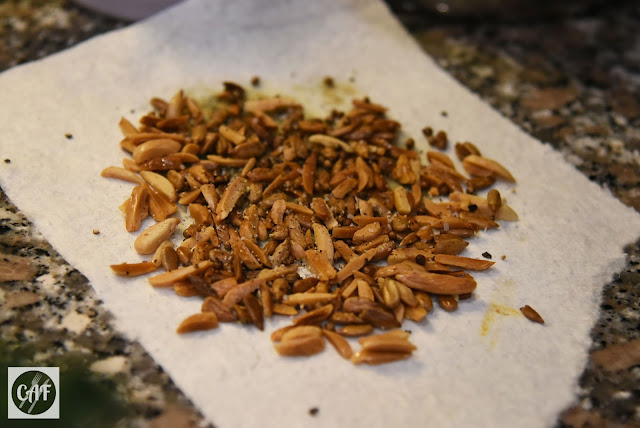Oh, dear readers. So much to write about but so little time. This summer has been flying by. It's been a hot one, too, which doesn't seem to jibe. Doesn't heat usually seem to make things drag? Well, not here. Between doing lots of work (I published my second book! Go grab a copy of
Reading Toward Success on Amazon!), doing a good bit of travel, and having lots of guests, I feel like I've barely been able to keep up—in a good way. Chef Reiton and I love to entertain, which goes hand-in-hand with having lots of guests. Whether it's for one friend, two friends or 30 friends, we've been cooking up a storm this summer.
One of the things that I've gotten really into making is potato chips. I found a recipe in one of my Alton Brown cookbooks, I believe, and I made them on a whim one night. After our friend Mario's "Dear God!" exclamation after his first bite, I haven't been able to stop making them.
The first time I made them, I cut them with a standard vegetable peeler, per Alton's instructions. These chips were delightfully thin, but they were a pain-in-the-butt to cut. Careful, even pressure needs to be applied to get a whole slice of potato and not a wonky sliver, and for those who know me and my hand-eye coordination, that didn't work so well.
The next time I made them, I hand-sliced them. Using a beautifully sharp chef's knife, this worked out just fine. Except the anal side of me was upset at the lack of perfect uniformity in slice-thickness.
I finally came to a decision: it was time to visit Amazon.
For a long time, I have been wanting to replace my mandoline. No, I do not play a stringed instrument. I'm speaking of a kitchen tool that makes insanely thin slices of just about anything you want. The Norpro version that I have just hasn't held up. The blade has become dull, which means the mandoline has become dangerous to operate, and, frankly, I don't want to be losing any parts of my fingers or hand, no matter how tiny a slice.
Bon Appetit magazine has highly recommended the
Benriner Old Version Vegetable Slicer, and so that was the one I bought.
Baby, is that thing awesome! When I took my first swipe, the slicing was so smoothly done I had to check to make sure that it had actually sliced (unlike my Norpro that gave my veggie a tug every time I swiped downward. Yikes!). And for about the same price as a Norpro—AND the ability to change blades—I'm never going back.
Another thing I'm not going back on? Duck fat.
Yes, my friends—
duck fat. After having a couple jars for a stupidly long time and "being afraid to use them" (MAJOR eye-roll here...), we let our friend, Chef Wilkinson, use them when he came over and made us a French meal the other night that included
pomme frites: French fries fried in duck fat.
Potatoes fried in duck fat, once tasted, will change yet another aspect of your kitchen life. Trust me. The taste is full and deep, unlike vegetable fats. It's not a cheap fat, but it is an insanely delicious and healthy one that can be reused over and over again. Just strain it after it cools down and store it in the fridge.
So. Now for another test: I sliced my exquisitely even potato chips using my beautiful Benriner mandoline, gave the slices a good 20-minute soak in some hot water, rinsed them, and patted them dry. Meanwhile I heated about 3 cups of duck fat in a medium saucepan to 355°F. Once the fat was hot, I slipped four or five slices of potato into the fat one at a time, held them under the surface with a
spider strainer and flipped them occasionally. When they were a lovely golden brown, I pulled them out, immediately sprinkled them with kosher salt, and drained them in a paper-towel lined bowl.
How did those duck-fat potato chips turn out?
Perfect.








